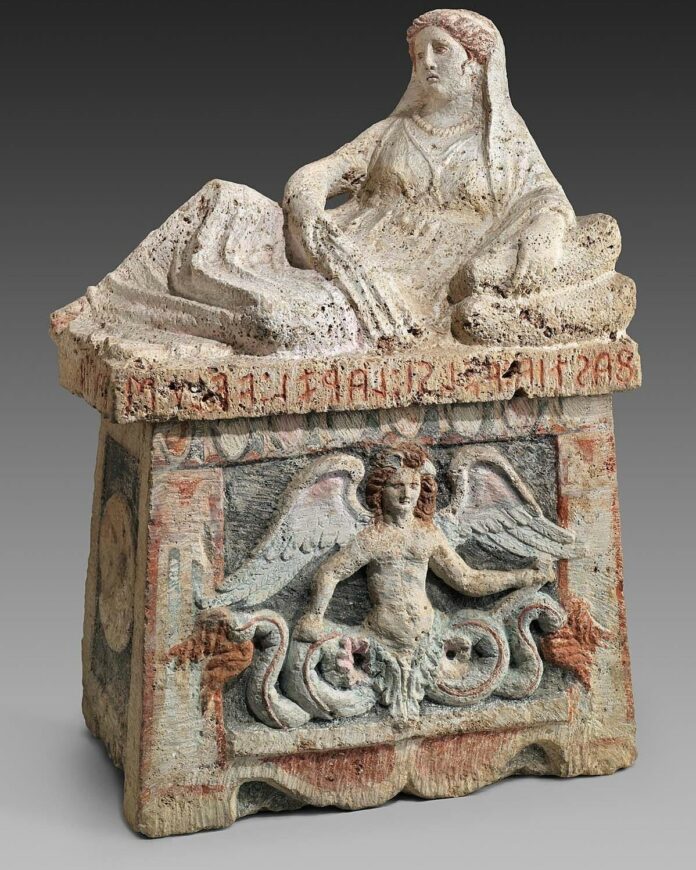In the heart of Italy lies the modern Tuscan town of Chiusi, once a bustling city of the ancient Etruscans. This tale unfolds with the discovery and subsequent study of Chiusi’s rich historical treasures, revealing a past intertwined with mystery and intrigue.

Our story begins in the late 19th century when a significant tomb-group, believed to have been unearthed around 1895, found its way to the Field Museum of Natural History in Chicago through A. L. Frothingham Jr., the pioneering editor of the American Journal of Archaeology.
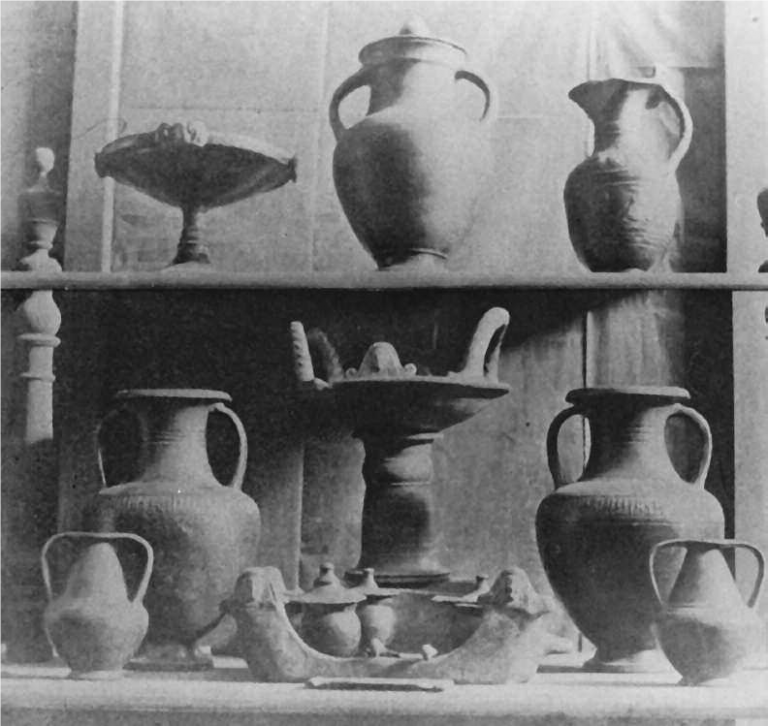
A photograph from that era captures these artifacts arranged with almost theatrical precision, sparking curiosity about whether these were all that the tomb held or merely the most eye-catching selections.
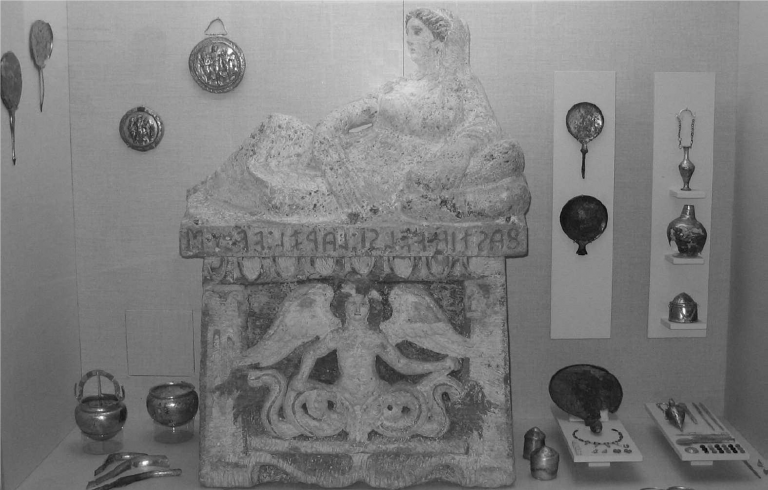
Questions lingered about the authenticity and completeness of these finds, a common quandary in the early days of archaeology.
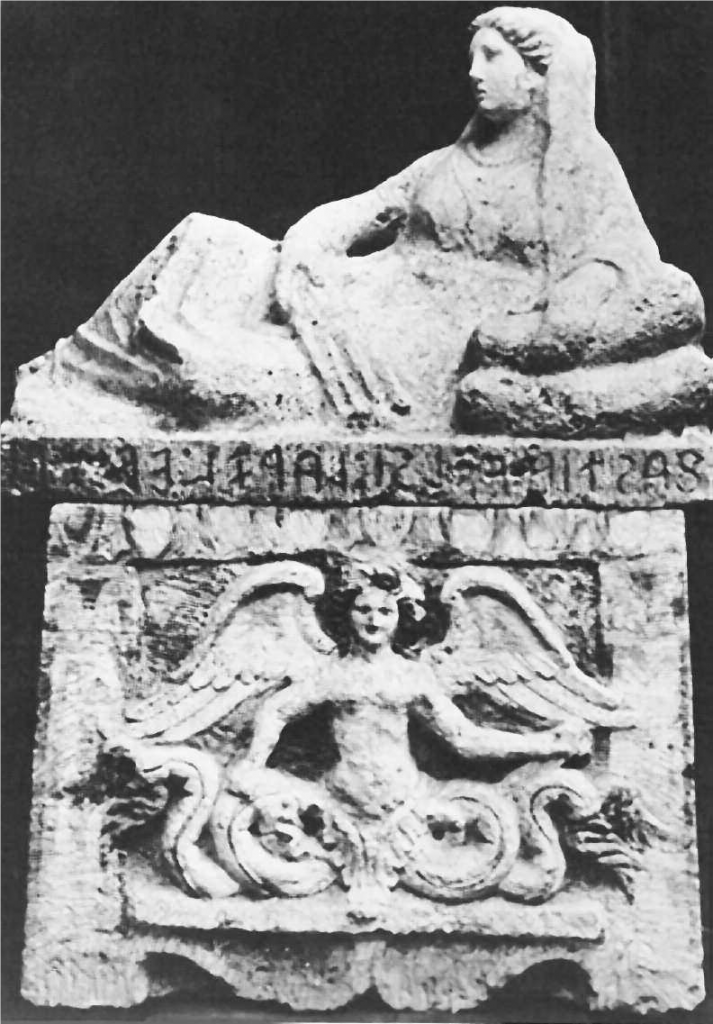
As the narrative unfolds, we shift our focus to a more substantial collection from the later Hellenistic period, acquired by the Boston Museum of Fine Arts on a crisp autumn day in 1913. This collection was brokered by Raoul Tolentino, owner of the “Galerie d’Art Ancien” in Rome, who claimed it originated near Chiusi.
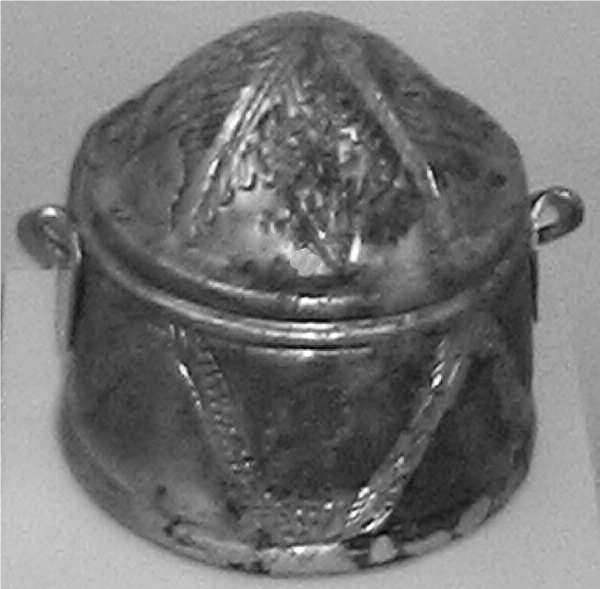
Among the artifacts were a large inscribed cinerary urn adorned with the figure of Scylla, a youthful, winged being with fish-tail legs, along with a myriad of silver vessels, luxurious toiletries, and intricate jewelry.
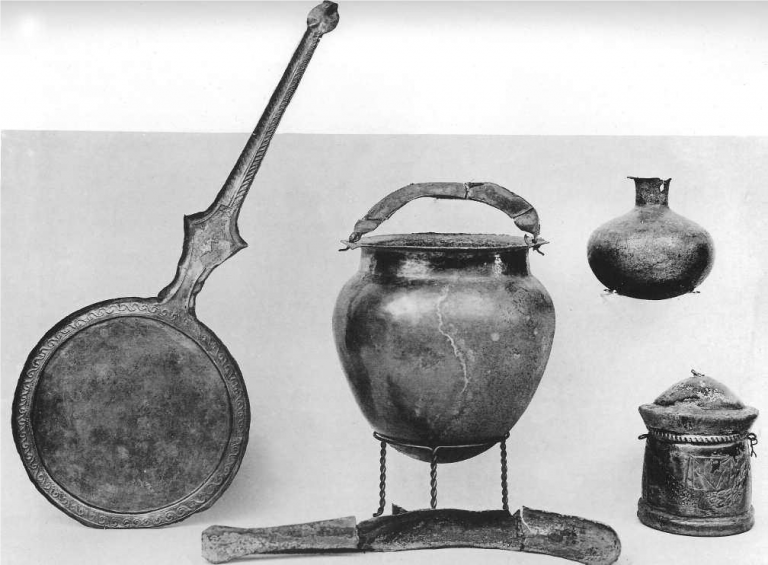
The cinerary urn, a centerpiece of the collection, bore an inscription translating to “Fastia Velsi, wife of Larza Velu,” offering a poignant connection to the individuals once celebrated in these rituals.
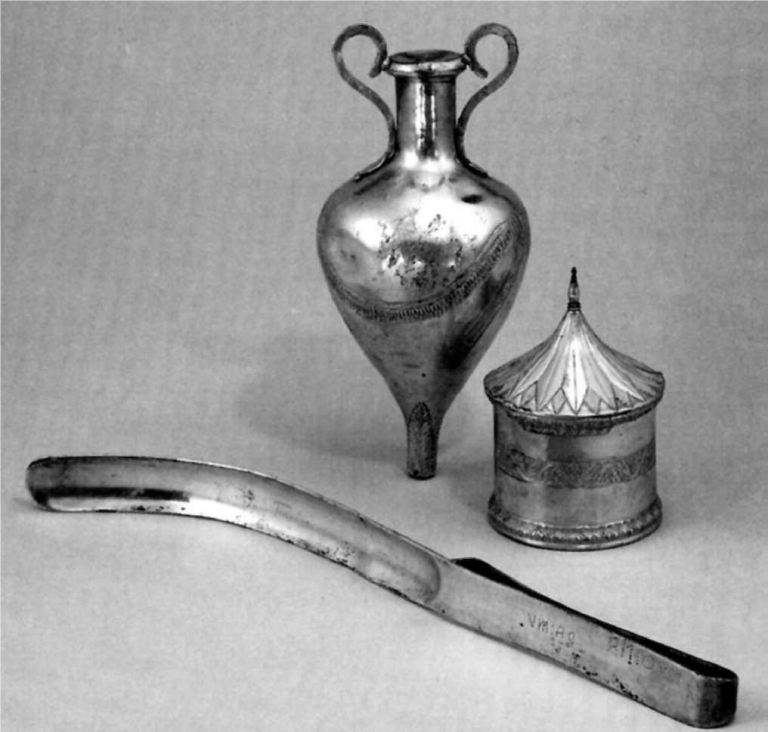
The authenticity of these pieces was further validated by historical research, including a notable article by Hammarström in 1929, which corrected earlier misinterpretations of the inscription and traced the tomb’s provenance to a discovery made in 1879 on the lands of Count Lucioli near Chiusi.
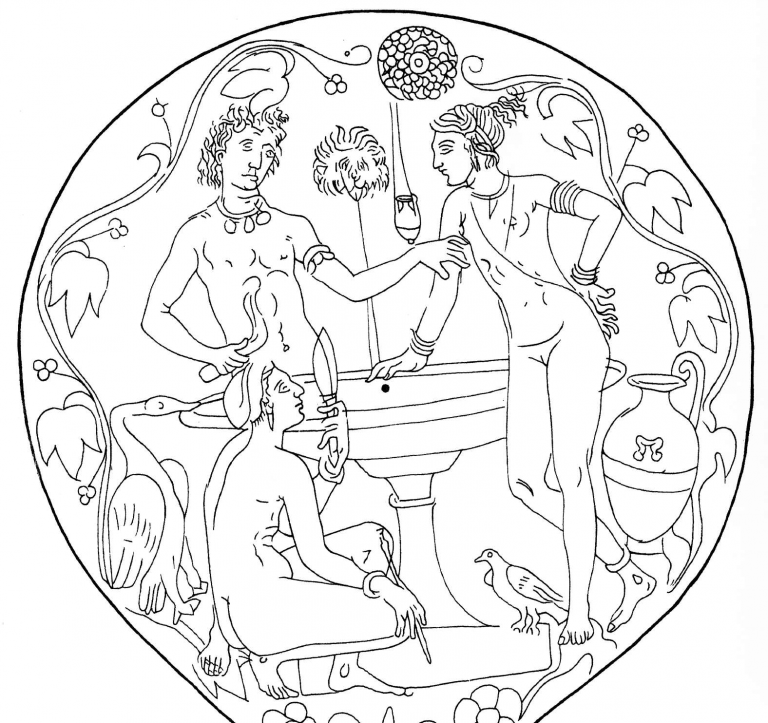
As we delve deeper into this collection, we encounter a series of silver cosmetic containers exquisitely crafted and carefully preserved, showcasing the Etruscans’ intricate artistry.
These artifacts, along with a collection of mirrors varying in style and form, including rare silver box mirrors and more common bronze tang mirrors, paint a vivid picture of the luxurious daily routines of the Etruscan elite.

However, not all mysteries were solved. The narrative also touches upon the uncertainties of archaeological provenance, exemplified by the unexplained absence of some items and the fortuitous rediscovery of others not initially recorded.
This tale raises questions about the fate of similar artifacts scattered across museums worldwide, including a group in the British Museum and another in the Metropolitan Museum of Art in New York, each echoing the designs and purposes of those found in Chiusi.
Our story concludes with reflections on the significant impact of these discoveries, not only in understanding the Etruscan civilization but also in shaping the practices of modern archaeology.
The journey of these artifacts from a long-forgotten Etruscan tomb to the polished display cases of major museums encapsulates a broader narrative of cultural heritage, scholarly endeavor, and the ever-present challenge of preserving history with integrity.
Thus, from the depths of an ancient Etruscan city, the treasures of Chiusi continue to speak, telling their stories and leaving an indelible mark on the world’s historical and cultural landscape.



